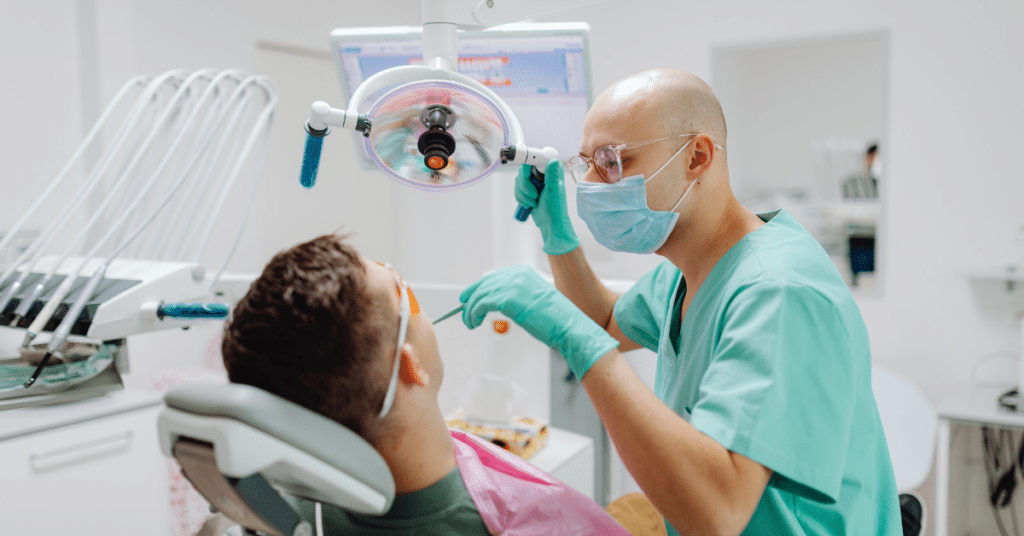Hazardous Waste in the Dentist’s Office

Whether you have an established dentist’s office or are a newfound business, it is beneficial to know which items and substances in your office are considered hazardous waste. Every company generates waste, but the several types of waste in the dental field can take more work to identify and categorize. Learning to recognize these types of waste can help your company ensure you are disposing of it correctly and in compliance with local laws and legislation.
Five types of waste
- Waste containing mercury, such as scrap amalgam and elemental mercury
Mercury has been used to fill cavities that have caused tooth decay; these fillings were commonly called ”silver fillings.” As of 2005, the World Health Organization has warned the public of mercury’s toxicity and its potential to cause harmful effects on the human body and the environment.
- Waste containing silver, such as x-ray fixers, films, and developers.
Depending on the concentration limits, fixers and developers may have different regulations. Fixer and developer solutions are considered acidic. Due to this fact based on their different pH levels, these substances should not be disposed of in a standard waste stream. These solutions can contaminate water supplies and harm the environment, especially aquatic life.
- Waste containing lead, such as lead aprons or lead foil packets
Lead is considered extremely dangerous due to its potential to cause lung, brain, stomach, and kidney cancer in humans. Different concentration levels will impact the severity level, but amounts between 40-80 ug/dL can cause serious health problems. Knowing the municipal bylaws concerning which amounts of lead are highly hazardous and the best way to dispose of them in your dentist office is best.
- Biomedical waste
Biomedical waste contains materials capable of causing diseases or suspected of harboring pathogenic organisms. Some equipment considered to be biomedical waste includes gauze (containing blood or saliva), extracted teeth, any materials with saliva, and surgical or examination gloves. It is standard that blood-soaked materials are separated from sharps or any other biomedical waste.
- Sterilizing agents, chemicals, or disinfectants
Any of these substances can contain harmful chemicals considered hazardous in nature. Handling these substances with proper care is essential to avoid the risk of harmful exposure.
Knowing the diverse types of waste will help keep your company safe from potential fines or legal liabilities. By disposing of dental waste correctly, you also avoid the possibility of causing human health issues and increasing the likelihood of disease outbreaks. You can learn more about hazardous waste in your dentist office here.
References
https://www.danielshealth.ca/knowledge-center/what-considered-hazardous-waste-dental-office


